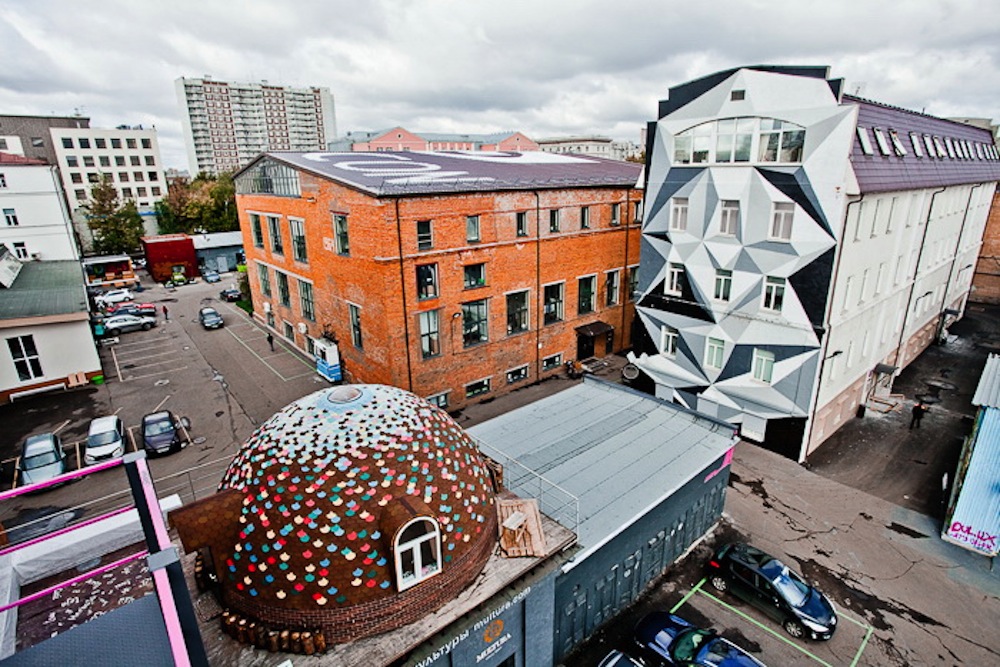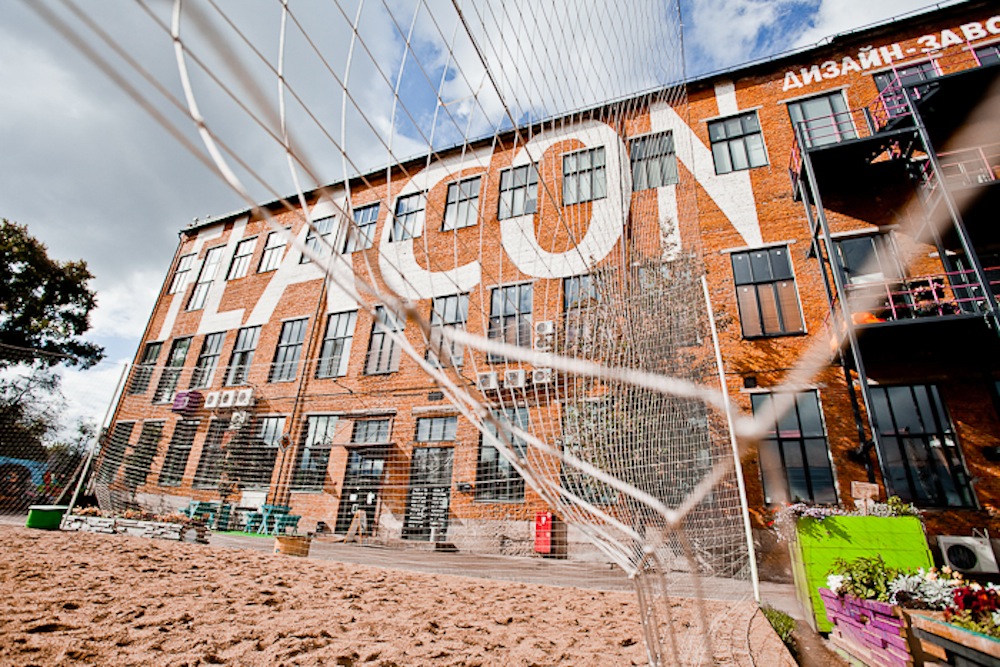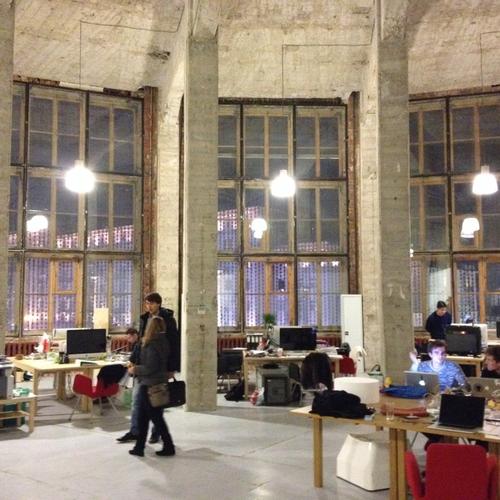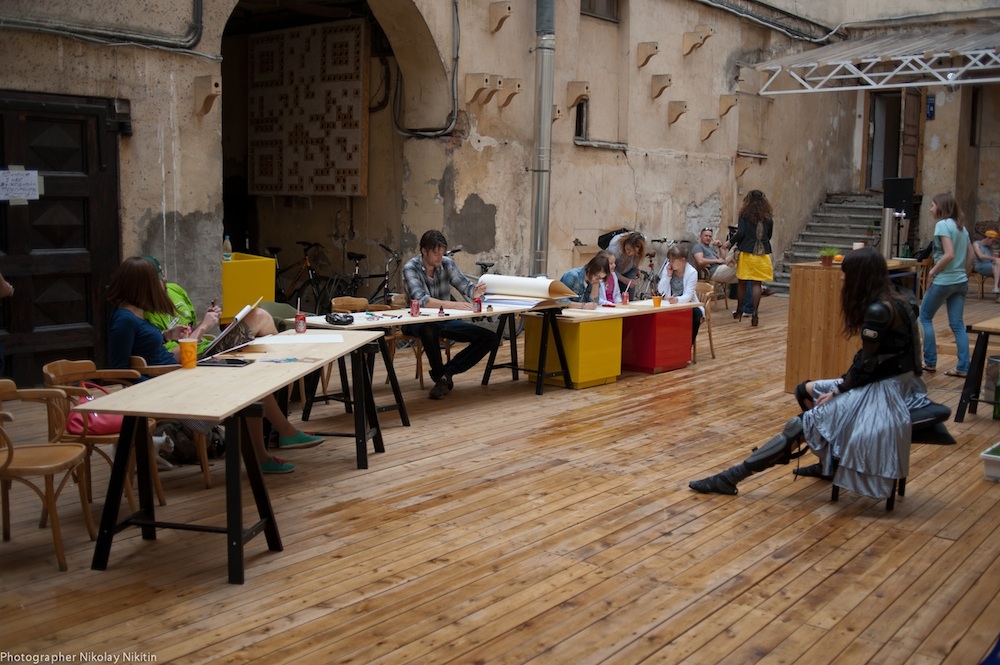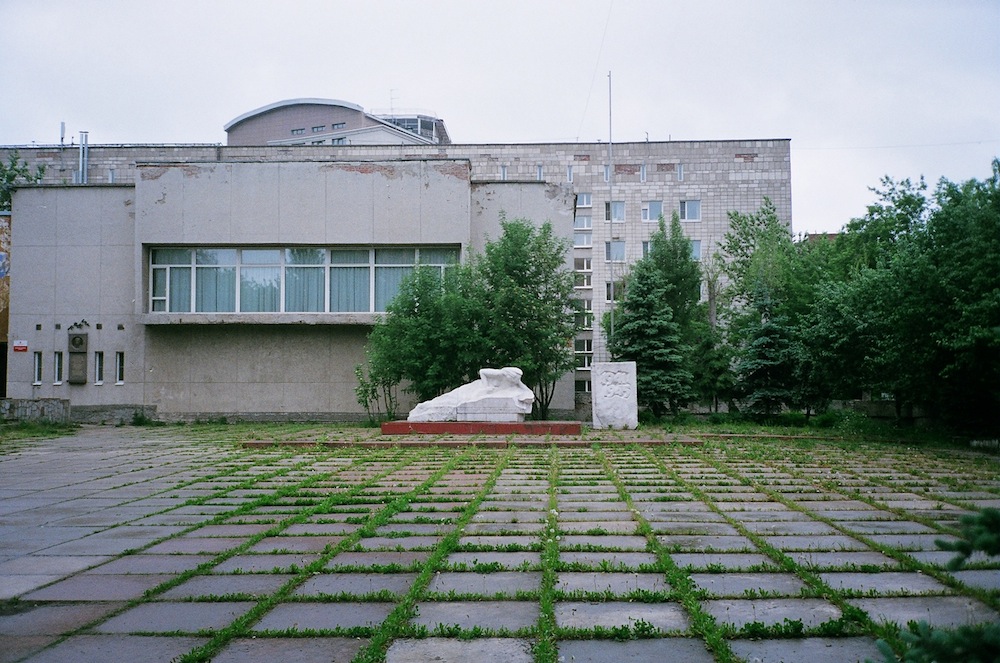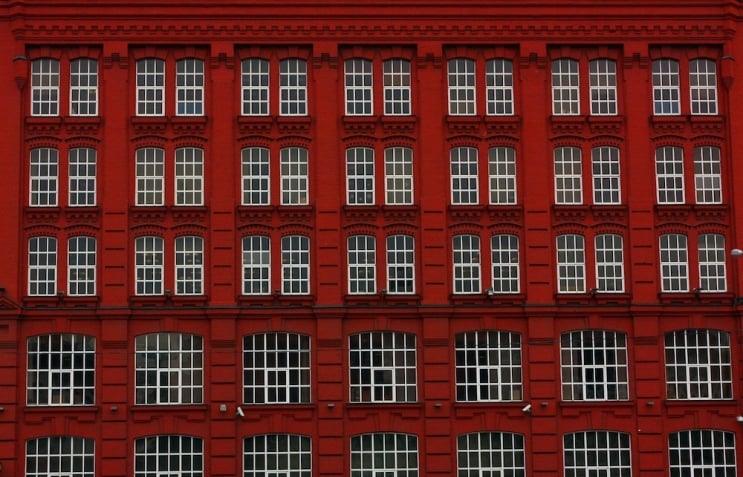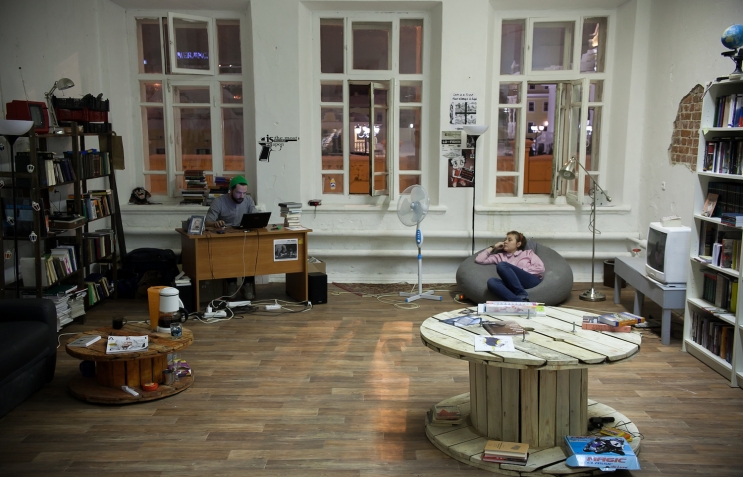Bursting point: exploding the myth of the creative industries

In the first of a two-part series, Ilya Kalinin takes a critical look at the much-vaunted prospects of "the creative industries" in Russia. Far from being an alternative to big business, he argues, the creative industries are its shock troops
Over the past dozen or so years, the notion of the “creative industries” has attained an extraordinarily exalted position in global intellectual discourse. A lot has been said about the role to be played in today’s world by “professionals without ties” (one of the catchphrases of creativity guru Richard Florida). There is a problem, however: a certain imbalance exists between the influence of these concepts and the specific gravity of the creative industries in relation to overall economic activity.
The reality of the matter is, the vast majority of people the world over (including in developed countries) continue to live in conditions of standardised mass production and mass consumption as well. But if you read the theoreticians and the ideologists of the creative industries you might get the impression that a new era has begun, an era of specialised goods and services designed to equip individualised, pluralistic lifestyles, an era of the free and flexible realisation of professional potential.
Far be it from me to compare the increasingly consolidated discourses around the “creative economy”, “creative classes”, “creative industries”, “creative cities”, and “creative clusters” to an ever-expanding bubble. But the hopes pinned on these ideas — the hope that they will transform the masses now unneeded in more traditional sectors of the economy into networked associations of creative professionals creatively realising their “creative capital” — have a lot in common with kid’s inflatable toys. They make you happy and give you some sense of the wonderful, playful variety of the world around you, but if you forget that there is nothing substantial beneath that bright and tactile surface, they burst with a deafening pop. And all that will be left after this unexpected, heart-breaking bang is a flaccid, synthetic skin bereft of any semblance of reality.
And when a discourse ceases to be relevant to reality, it ceases to be attractive to investors. Inasmuch as “the creative industries” — regardless of their alleged social autonomy — require external investment (financial, infrastructural and institutional), they are obliged to constantly maintain the image of the free, individualised, creative future that helps them attract funding. The economic growth of the creative industries is limited by the extent to which this sector of the real economy — which is vanishingly small at present — can promote this vision of a happy, alternative, innovative future for the post-industrial world. The same is required from the intellectual discourses around the creative industries: not only must they describe an existing phenomenon, but also endow it with qualities that will make it attractive to the market — essentially doing a PR job.
“Lurking beneath this ideology of the free interaction of free creative individuals is an altogether more brutal reality”
There’s nothing wrong with trying to reveal culture’s economic potential, just as there’s nothing wrong with ascribing creative aspects to economic activities. What’s more, there’s nothing wrong with giving financial support to someone who wants to, say, bring together a contemporary art gallery, a design studio, an artisan coffee shop and a hipster micro-brewery all under one roof. But you have to face the fact that lurking beneath this ideology of the free interaction of free creative individuals in need of nothing but a little help in coordinating their free creative impulse, is an altogether more brutal reality.
You have to acknowledge the logic of big capital, for whom the development of “the creative industries” is in part a way of solving problems it has itself created itself. “The creative industries” provide big business with a way of presenting these problems as something positive, something that not only stimulates a change in economic behaviour but also helps nurture a whole new lifestyle — a lifestyle that, apparently, mankind has always been striving for. Previously, we are told, industrial mass production, the full working day and universal employment were holding us back from realising our creative potential. But now, thanks to mass unemployment, temporary contracts, part-time and flexi-time, the freelance system and other factors that allow employers to take less responsibility and spend less money, workers have been afforded boundless space in which to find and express their own latent creativity — the light hidden under the bushel of the socially-oriented state and Keynesian economic policy. In other words: by becoming unemployed and unprotected, people have finally got a chance to show the world their creative potential.
Both the economic phenomenon of small- and medium-sized business producing immaterial goods (technology, images, services) and the very concept of the “creative industries” as a universalising lifestyle that heralds a new creative hegemony exist within a historical context which, if not exactly concealed from the public, is largely mischaracterised as a creative impulse.
What started to be referred to in the early Noughties as “the creative industries” first arose in the already now long-forgotten ruins of the economic crisis of the late Seventies and early Eighties. The ideological and ethical foundations of today’s creative economy were laid by the neo-liberal programme of Margaret Thatcher and Ronald Reagan, and are best expressed in the Iron Lady’s famous utterance: “There is no such thing as society. There are individual men and women and there are families.” There is a fairly simple logic behind this phrase: life is a competition between free individuals, their success is in their own hands, and the role of the government is solely to create the rules by which capital can freely flow to where it will accrue the most profit, a small amount of which can then be redistributed among those who lost out in the competition for a successful life.
“The creative industries are in actual fact the avant-garde of corporate capital employed to perform the initial clean-out of spaces killed off by big business”
It’s important to remember this context, and not solely because it created the conditions in which the new economic and social practices could develop. Because, when we remember it, we see even more clearly the compensatory character of the “creative industries”, the way in which they are needed to lick the ragged wounds of abandoned factories, warehouses and impoverished neighbourhoods. You don’t have to walk far from the areas in Liverpool and Manchester usually cited as successful examples of the transformative effect of the creative industries to see the relationship between the regenerated areas and those still in ruins — and it is the former that come off worse. (This is to not even mention the situation in the former industrial zones of Russian cities.) This regeneration is largely branded as creative, and is a response to the demand for the expensive private housing that the factories are turned into. Moreover, the creative industries that are presented to the world as a social alternative to big business and are generously promoted by big capital, governmental structures and public opinion in post-industrial countries are, in actual fact, the avant-garde of corporate capital, employed to perform the initial clean-out of the spaces that have been killed off by big business.

Albert Dock, Liverpool — a flagship regeneration project. Photograph: Zerbert Gambit under a CC licence
The paradoxical logic of the economic model of the creative industries has a suicidal, self-liquidating character. Its success brings its own destruction. Scenario one: a successful creative enterprise expands and, ultimately, restructures along traditional corporate lines or is acquired by an existing corporation, ie it ceases to work according to its initial logic. Scenario two: a space made appealing by the successful work of the creative industries is taken over by big business, and the creative industries have to seek out a new impoverished zone to work their magic. And throughout all this process, there is a question hovering in the air: what happens to the people who lived in these struggling regions before the creative industries came? And what happens after they’ve left?
There’s an equally significant problem with the shift away from the neo-liberal framework of free competition between autonomous economic entities to the concept of the creative industries. The official definition of the creative industries first used by the UK Department of Culture, Media and Sport is as follows: “Those industries which have their origin in individual creativity, skill and talent and which have a potential for wealth and job creation through the generation and exploitation of intellectual property.” The question is: what should you do if, for whatever reason, you don’t have any intellectual property and are not in possession of the necessary creativity, skills and talents?
“You are free to make the most of your creative potential, which is just as well as there are no other jobs for you”
Ultimately, we should make a distinction between two different conceptions of the creative industries. The first is connected with an undoubtedly positive practice which allows individual people with the necessary skills to make the most of them and to find a way to survive in the harsh conditions of the contemporary labour market. The second, which concerns the ideological superstructure of the creative industries, is more dubious. Contemporary neoliberal economics promotes the creative industries as an already existing alternative to mass industrial labour and full employment in order to justify itself. True, they seem to say, you can’t work down a mine or in a factory anymore, but if you like, you and your kids can become artists and architects, designers and stylists, or work in tourism, or open a cafe or a bar, or make computer games and mobile apps — basically, you are free to make the most of your creative potential, which is just as well as there are no other jobs for you. And if you can’t do that, then, sorry, bad luck, not our problem.
The collapse of the industrial past have given rise to an illusory present — the creative industries — promising an even brighter future, with factories and warehouses transformed into shining hubs of intangible creativity, populated by shiny happy (unwaged, unprotected) individuals. But, regardless of the assurances of creative industries prophets, this is not the only possible permutation of the post-industrial economy: in fact, one can borrow their utopian instincts to imagine another path, a return to an industrial future. In my next text, I will sketch out just how this future might look.
